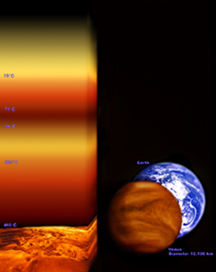This is an artist's rendition of a column of clouds on Venus.
The temperature of the different layers is shown at the left.
Click on image for full size
Windows to the Universe original image
The Atmosphere of Venus
The atmosphere of Venus is very hot and thick. You would not survive a
visit to the surface of the planet - you couldn't breathe the air,
you would be crushed on by the enormous weight of the atmosphere, and you
would burn up in surface temperatures high enough to melt lead.
The atmosphere of Venus is made up mainly of carbon dioxide, and
thick
clouds of sulfuric acid completely cover
the planet. The atmosphere
traps the small amount of energy from the sun that does reach the
surface along with the heat the planet itself releases. This greenhouse
effect has made the surface and lower atmosphere of Venus one of the
hottest places in the solar system! If you were on the
surface of
the planet, the air above you would be about 90 times heavier than the
Earth's atmosphere. This is
like what a submarine experiences at 3000 ft
below the surface of the Earth's ocean. The atmosphere is composed
mainly of
carbon dioxide (96%), 3.5% nitrogen, and less than 1% is made up of
carbon monoxide, argon, sulfur dioxide, and water vapor.
Why should Venus and not the Earth have a hot and thick atmosphere? Some scientists call it the Goldilocks phenomenon.
Measurements
made by probes which travelled
through the atmosphere have shown that the atmospheric temperature remains nearly constant through the long dark night. Thus there are neither significant seasons, nor daily temperature changes in the atmosphere.
You might also be interested in:

Just as Goldilocks found the porridge that was just right, the Earth seems to be just right for living creatures. The Earth seems to be the perfect distance from the sun for lots of water. Venus is too
...more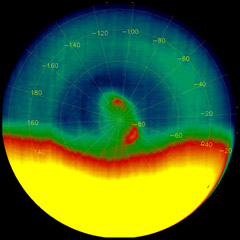
A vortex is a swirling, circular movement of air and clouds... like in a tornado or hurricane. The plural form of vortex is "vortices". The planet Venus has vortices in its atmosphere above each of its
...more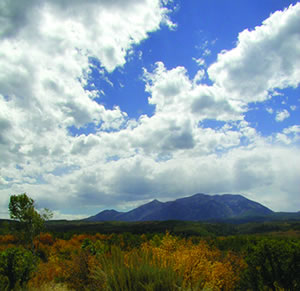
Clouds can come in all sizes and shapes, and can form near the ground or high in the atmosphere. Clouds are groups of tiny water droplets or ice crystals in the sky and are formed by different processes.
...more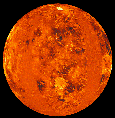
Venus is the second planet from the Sun, and is Earth's closest neighbor in the solar system. Venus is the brightest object in the sky after the Sun and the Moon, and sometimes looks like a bright star
...more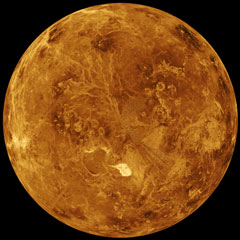
Venus is the hottest planet in our Solar System. On Earth, places near the equator are much warmer than places near the poles. On Venus, it is really hot everywhere... even at the North and South Poles.
...more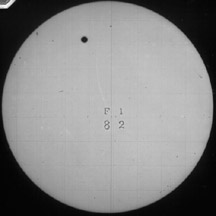
Sometimes Venus passes between Earth and the Sun. This event is called a transit of Venus. Transits of Venus don't happen very often. There is a pattern in the time between transits of Venus. The pattern
...more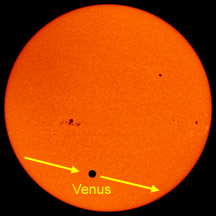
Sometimes the planet Venus gets between Earth and the Sun. Astronomers call that a "transit" of Venus. A transit is a little bit like an eclipse of the Sun, when the Moon gets between Earth and the Sun.
...more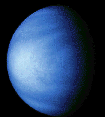
The following may be the history of Venus. Venus formed about 4 Billion Years ago. at the conclusion of forming it continued to be bombarded with leftover material. Many planets still bear the remains
...more


